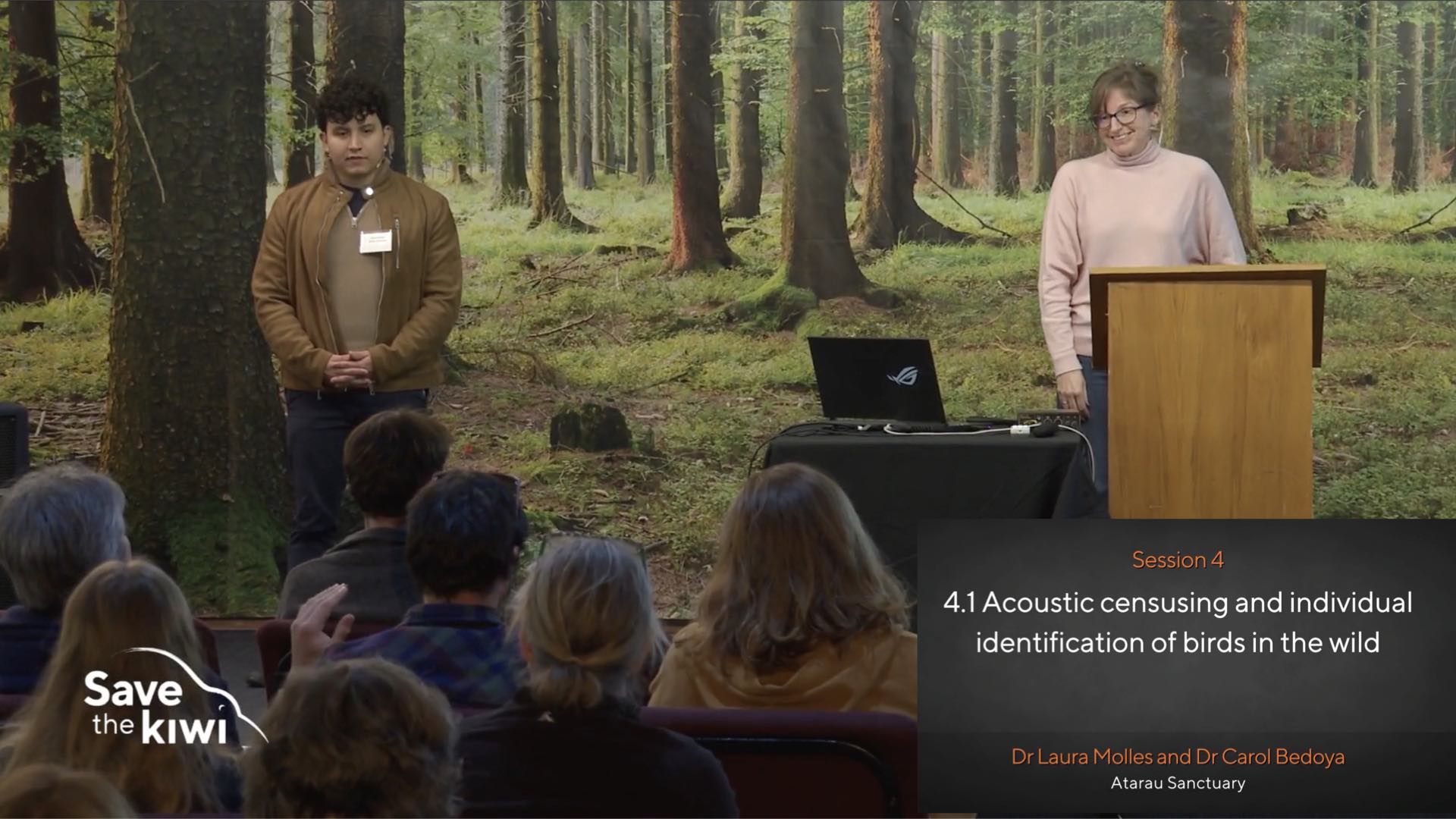Explore the Science
New Zealand’s five kiwi species are all threatened by loss of habitat and by predators such as stoats. They need to be actively monitored to check where birds are, how well they’re surviving, and whether or not they’re successfully raising chicks. Getting this kind of information on kiwi is difficult; they are nocturnal, have large territories, and often live in hard-to-access areas with challenging terrain.
Existing monitoring work such as radio-tracking and periodic capture-recapture surveys using specially-trained dogs to sniff out kiwi in their burrows, can be both invasive (requiring capture and handling of the birds), and labour-intensive. Other survey methods rely on sound: for example, listening in person or with automated recorders to count the number of kiwi calls heard in an area. Current sound-based methods are useful, but don’t provide as much information as conservation managers and researchers would like. We are using deep learning techniques to identify individual roroa based on their calls. This is a powerful way of getting a lot more information out of acoustic recordings.
You can see and hear the individual variation in roroa calls yourself by exploring our roroa visualisation tools! You can also listen to songs of riroriro/grey warblers from Ōtautahi/Christchurch using our riroriro visualisation tools, or mohua songs from Makarora with our mohua visualisation tools. For more detailed information on our research, click the button below to check out our publications.
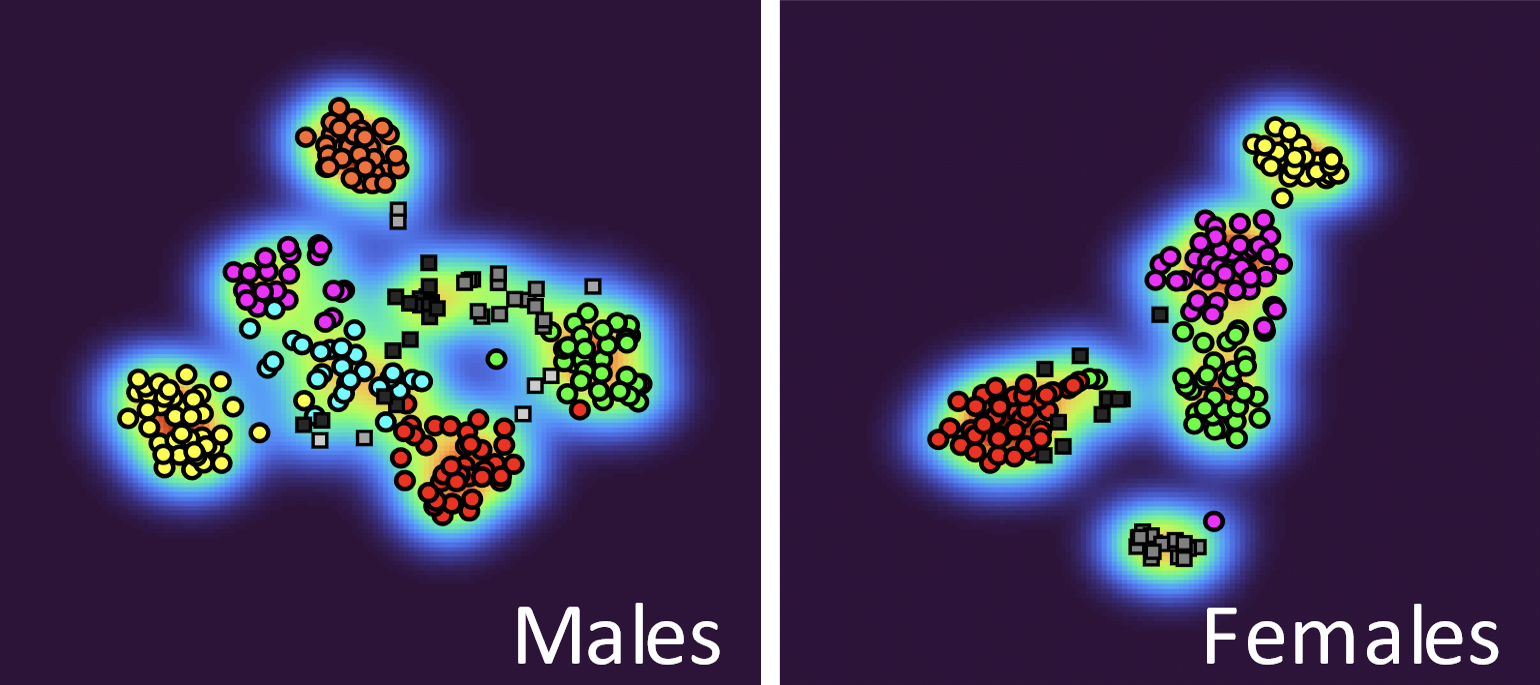
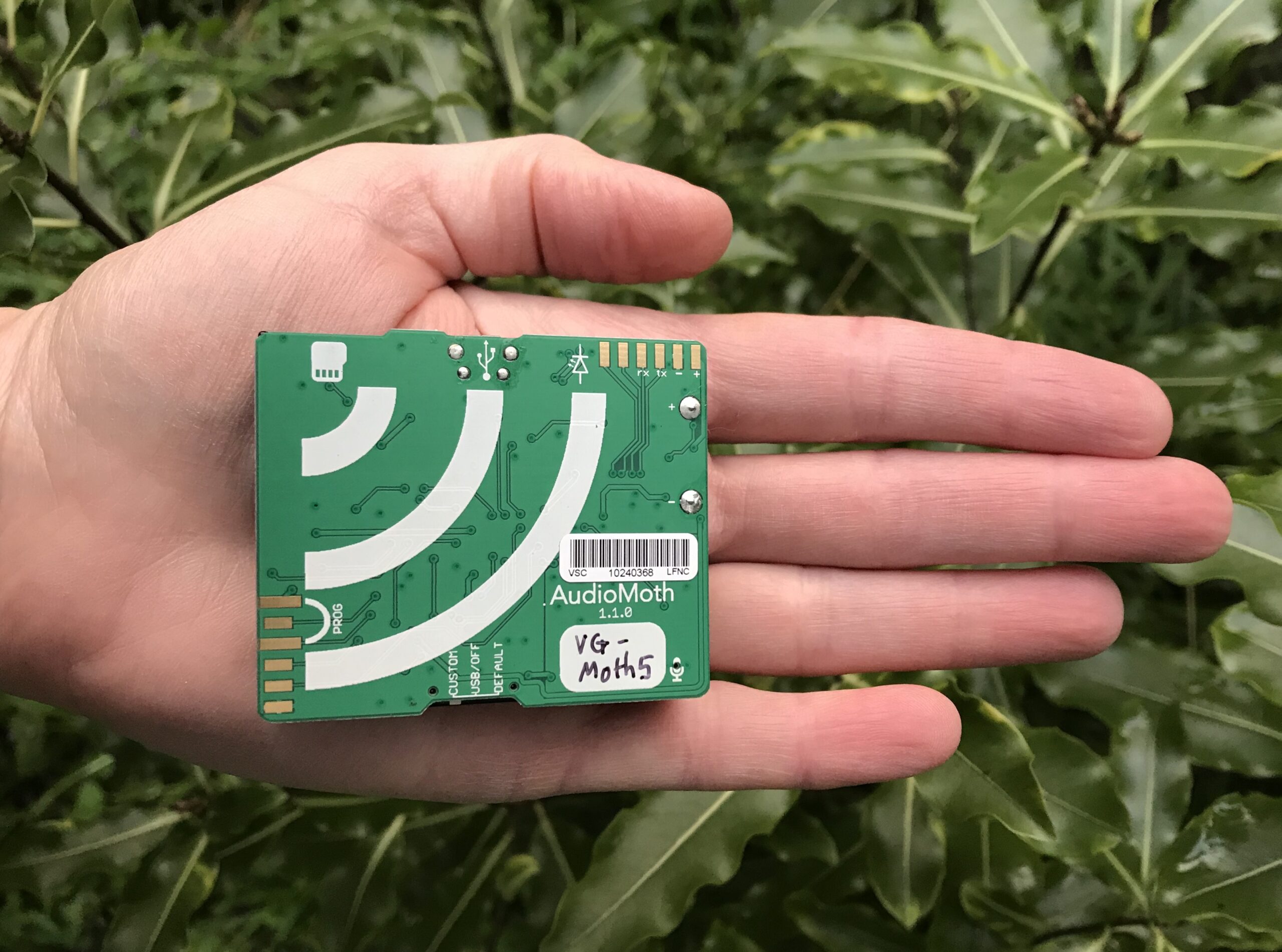
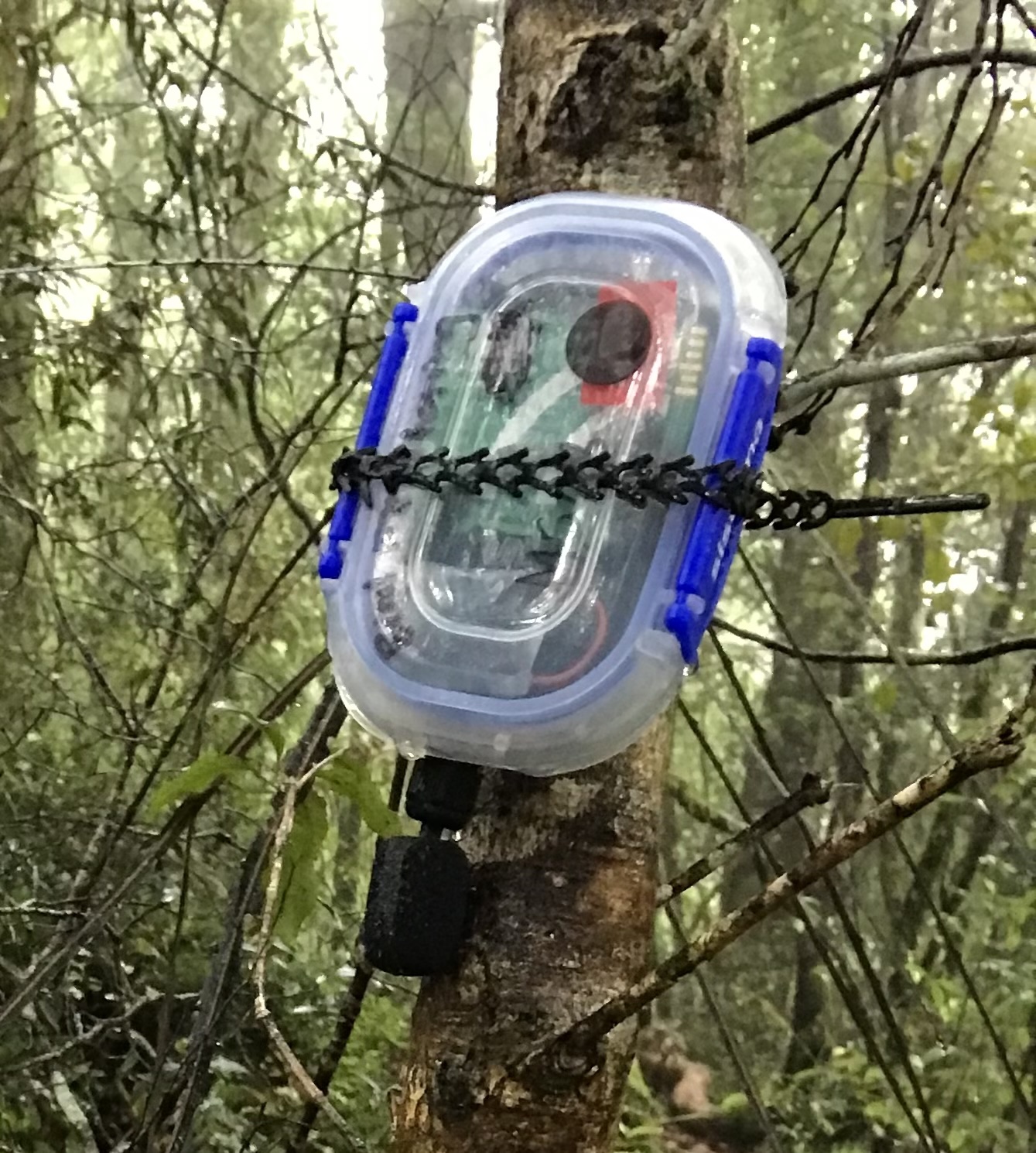
What we’re doing
At Atarau Sanctuary, we’re developing a monitoring method that is non-invasive and provides detailed information about roroa populations. We are doing this by combining new hardware and software tools to individually identify roroa based on their calls. We use cameras and recorders in the wild and in the sanctuary to study how the birds behave and interact.
Automated recorders, like the AudioMoths we use, are much simpler and cheaper than they used to be, so we can collect lots of raw data. Part of the fun of it is working out how we can make it work, and the technology is getting faster and better all the time.
We have used a large library of roroa calls from both the Paparoa Range and Arthurs Pass National Park to develop and train a deep learning algorithm that can identify individual roroa. We began with a set of loud, clear calls gathered near known nest sites, so we have high confidence in who the callers really are.
The deep learning network (KiwiNet) we have developed can do three things that will really improve our ability to monitor roroa:
- It can learn to identify specific individual birds, and accurately classify any new recordings of those individuals. This means we can keep track of individuals for months or years at a time, even if their radio transmitters are removed.
- It can detect when a call is likely to be from a “new” bird, rather than a bird it has seen before. This means we can detect new individuals who might move in to a population we’re monitoring.
- It can accurately estimate the number of different individuals contributing to a set of songs. This means that if we record roroa in a new area, we can work out how many different birds live there, even if we have never heard any of them before. We can then keep track of those individuals by looking for their songs again in the future.
We have submitted this work to a peer-reviewed journal, and have made a preprint, our code, and the data we used openly available. Have a look!
National Kiwi Hui – 2022
You can watch Carol and Laura’s talk from the 2022 National Kiwi Hui on Save the Kiwi’s Vimeo channel (it’s talk 4.1 on the linked page). Check out the other talks from the hui as well!
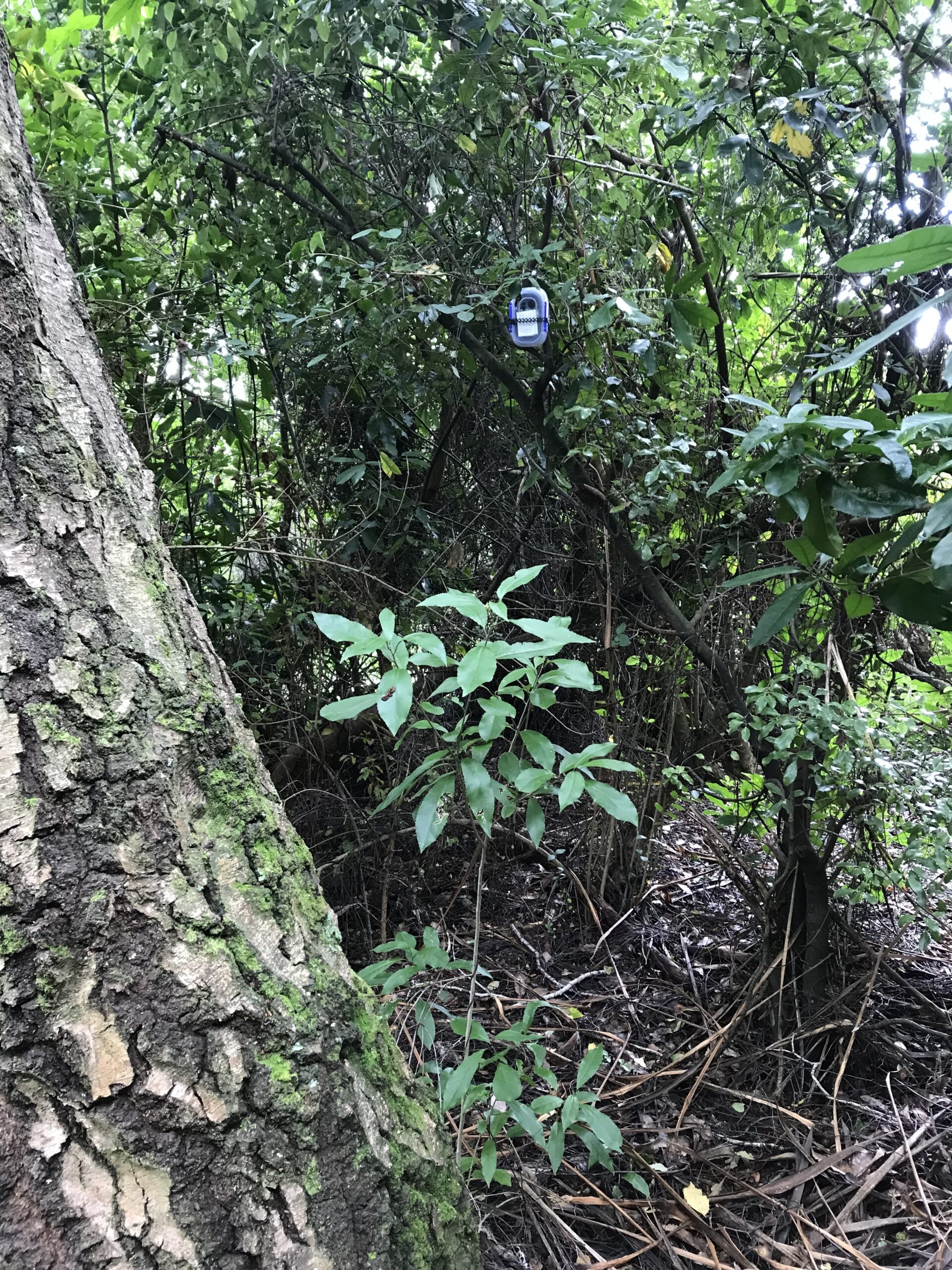

Why we are doing it
Monitoring kiwi is challenging, but important. New Zealanders are working hard to protect our kiwi species. To do this well we need to know whether we are doing enough pest mammal control, and in the right places, to have a positive impact on kiwi populations.
We have several monitoring tools in the toolbox, and each tool can provide different kinds of information. Radio-tracking individual birds can provide lots of detailed information, but it is labour-intensive and requires capture and handling of birds. Call-counting (either in-person or by listening to recordings) is less labour-intensive and easier on the birds, but doesn’t provide detailed information like individual survival rates. By identifying individuals based on their calls, we can potentially gather detailed information (like we might get through radio-tracking) without needing to capture birds. For example, we can estimate populations sizes, and also keep track of individual survival, see whether pair bonds remain stable over long periods of time, and detect when new individuals join a population.
Even with individual-ID capability, sound-based methods can’t do everything – some kinds of information can still only be collected by methods that involve handling birds. But by using the power of individual identification, we can get more information out of acoustic data and make it easier to monitor more birds, more efficiently.
Who we’re working with
When we have young roroa living at Atarau Sanctuary, we run both automated recorders and trail cameras to observe their behaviour.
In order to develop our methods, we need to record birds whose identifications we can independently confirm. We collaborate with the Paparoa Wildlife Trust (PWT) to work with roroa they are already monitoring with radio-transmitters; this means we do not need to capture, handle, or fit transmitters to roroa to do our work. When the PWT kiwi ranger detects that a monitored pair is nesting, they help us place additional recorders near the nests without disturbing the birds.
PWT is rotating a set of automated recorders around different catchments in the Paparoa Range to listen for roroa. We process those recordings for PWT to help them determine where roroa are living.
As well as this, we run recorders with Operation Nest Egg (ONE) chicks and a captive adult roroa. Piki, at Willowbank Wildlife Reserve in Christchurch. The Department of Conservation and the Friends of Flora also share roroa recordings with us, adding a huge number of calls from birds throughout the roroa’s range to our library.
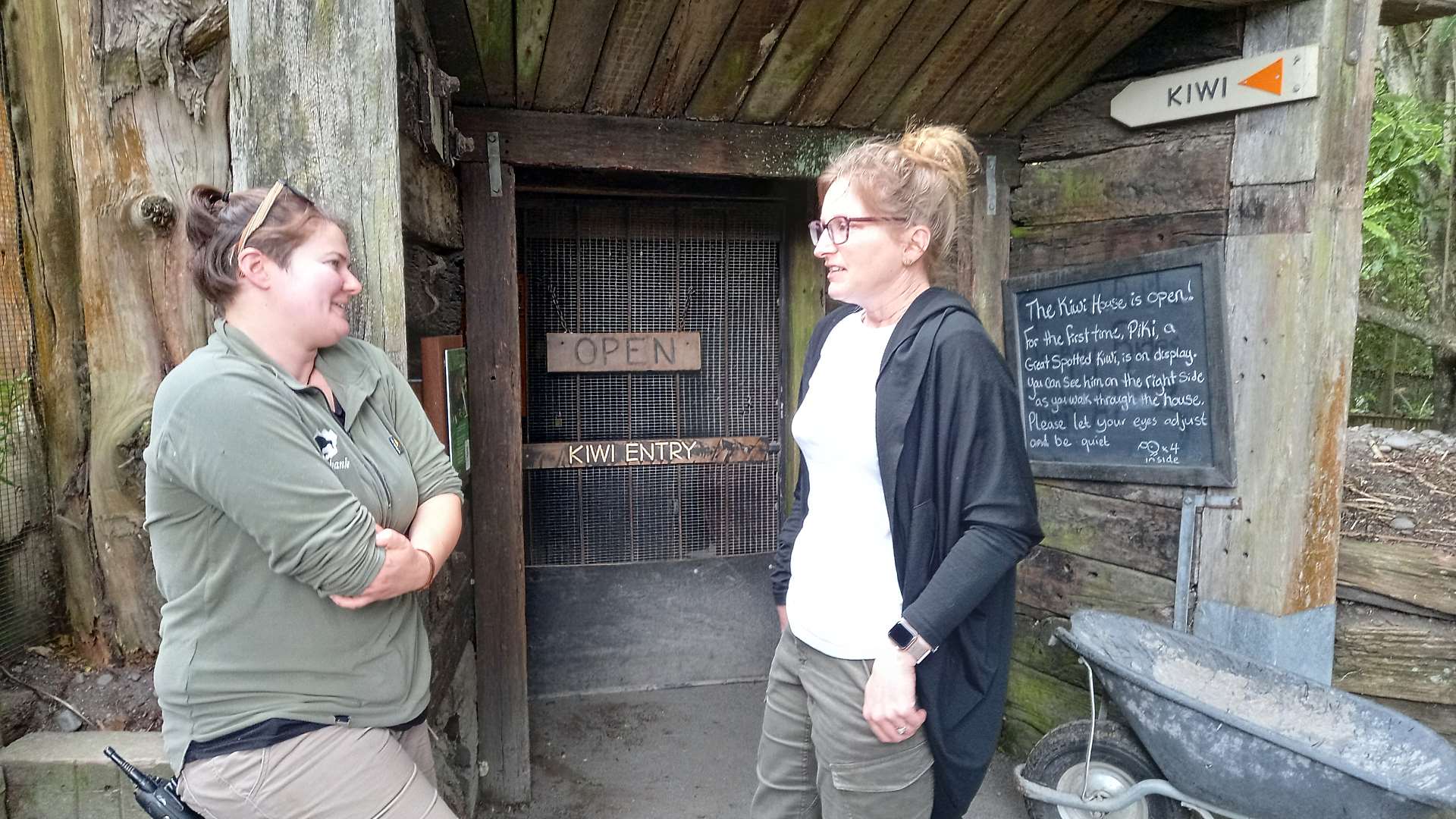

What we’ll do next
Our deep learning algorithms can now accurately identify individual roroa in our study population based on song. It can also detect new, previously “unheard” individuals, and provide an estimate of the number of different individuals represented in a sample of songs.
One of our goals is to see how our method’s roroa-counting results compare to those of other methods, such as in-person call counts and measurement of call rates from autonomous recorders. We also want to challenge our algorithm with more calls and individuals, to see how many different roroa it can “count” at once.
We would like to use our ability to identify individual roroa to learn more about their behaviour, including using sound to keep track of how they are moving around their territories. Using recorders to locate individual birds requires more accurate GPS capability and time-synchronisation among recorders than is feasible at the moment, but we are expecting the right tech to be available soon. In the meantime, we can still use dense networks of recorders around known birds to have a closer look at their calling behaviour; this will help us understand more about their social interactions and habitat use.
We are also working with sound propagation modelling tools to determine the best way to deploy recorders in areas with unknown numbers of birds, when the aim is to get a good estimate of how many different individuals live there.
Our KiwiNet algorithm works great for roroa, but we have designed it to be easily adaptable to other species. We are really keen to challenge it! If you are a researcher with an acoustic dataset where calls are (or can be) tagged to individuals, and are interested in collaborating, please get in touch!
In addition to looking for existing datasets, we are collecting new data on individuals of other native New Zealand bird species, and exploring how we can train networks to recognise individuals with structurally complex songs.
Read more about our work on ResearchGate, or click the button below to see a publication list and links.

